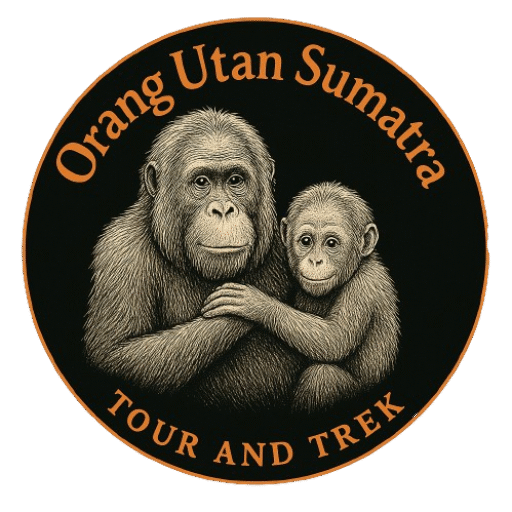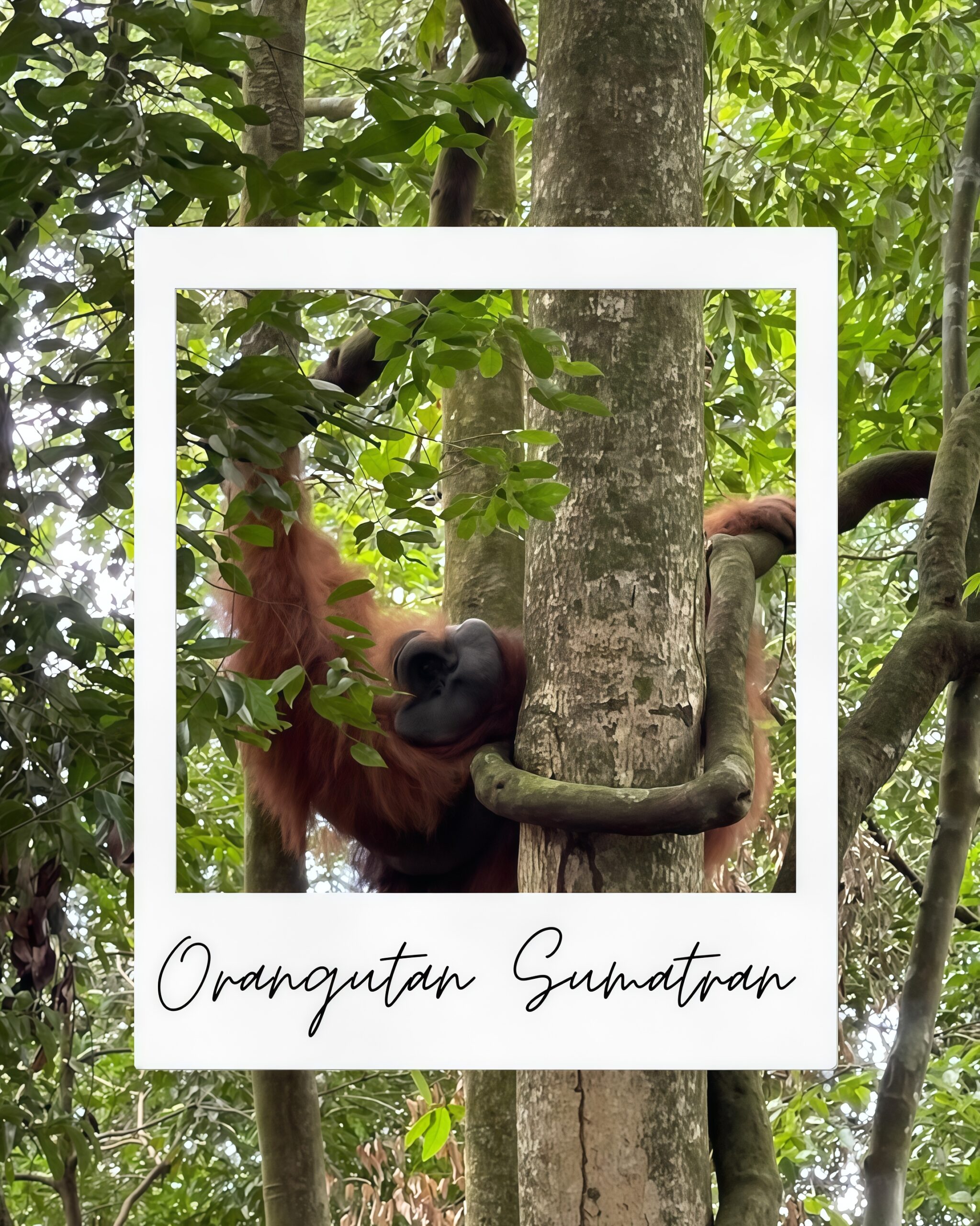
BUKIT LAWANG AND ITS WILD ANIMALS
The small village of Bukit Lawang, located in Langkat Regency, North Sumatra, is the main gateway to Gunung Leuser National Park. The atmosphere here captures the charm of a riverside village surrounded by lush rainforest.
orangutansumatratourandtrek.com, – In Indonesia, wildlife tourism is still growing, but Bukit Lawang in North Sumatra stands out as a prime destination.
As the gateway to Gunung Leuser National Park, it offers travelers the rare chance to see wild orangutans and experience the rainforest up close.
Just a four-hour drive from Medan, this small riverside village is a gateway to trekking adventures where visitors can encounter orangutans, Thomas leaf monkeys, gibbons, and diverse bird species.
Just in Bukit Lawang you can see Orangutan Sumatra in Wild Forest and another Wild Animal in Mountain Leuser.
ABOUT NATIONAL PARK MOUNTAIN LEUSER [TNGL]
Wildlife tourism in Indonesia often revolves around its many national parks, and few are as remarkable as Mountain Leuser National Park (TNGL).
Stretching across more than 1,094,000 hectares of dense rainforest, In this park the largest conservation areas in Southeast Asia, its borders spanning roughly 850 kilometers.
About 80 percent of its territory lies in Aceh Province, while the rest extends into North Sumatra.
What makes [TNGL] truly extraordinary is its rare distinction: it is the only Gunung Leuser in Indonesia that shelters all four of Sumatra’s most iconic and critically endangered species in one ecosystem.
These are the Sumatran orangutan (Pongo abelii), the Sumatran elephant (Elephas maximus sumatrensis), the Sumatran rhinoceros (Dicerorhinus sumatrensis), and the Sumatran tiger (Panthera tigris sumatrae).
Each of them is listed as Critically Endangered on the IUCN Red List and strictly protected under CITES Appendix I, highlighting the park’s global importance for biodiversity.
For many travelers, the journey into TNGL begins at Bukit Lawang, a riverside village in Langkat Regency, North Sumatra.
Just 90 kilometers from Medan, Bukit Lawang has become the most popular entry point into this park.
It first rose to fame in the early 1970s, when a 200-hectare orangutan rehabilitation center was established to reintroduce formerly captive orangutans into the wild.
These orangutans, often rescued from illegal ownership, became semi-wild residents of the surrounding forest.
Although the rehabilitation center officially closed in 2017, the legacy remains—today, wild and semi-wild orangutans are still frequently encountered by visitors trekking through the jungle.
Beyond wildlife encounters, This Village offers a wide variety of eco-adventures.
Local guides lead jungle trekking tours that may last a few hours or several days, immersing visitors in the raw beauty of the rainforest.
Along the way, one might spot Thomas leaf monkeys, gibbons, hornbills, and countless other species that share the forest with orangutans.
After a long trek, many travelers enjoy floating down the Bahorok River on an inner tube or rubber raft—an experience known locally as tubing
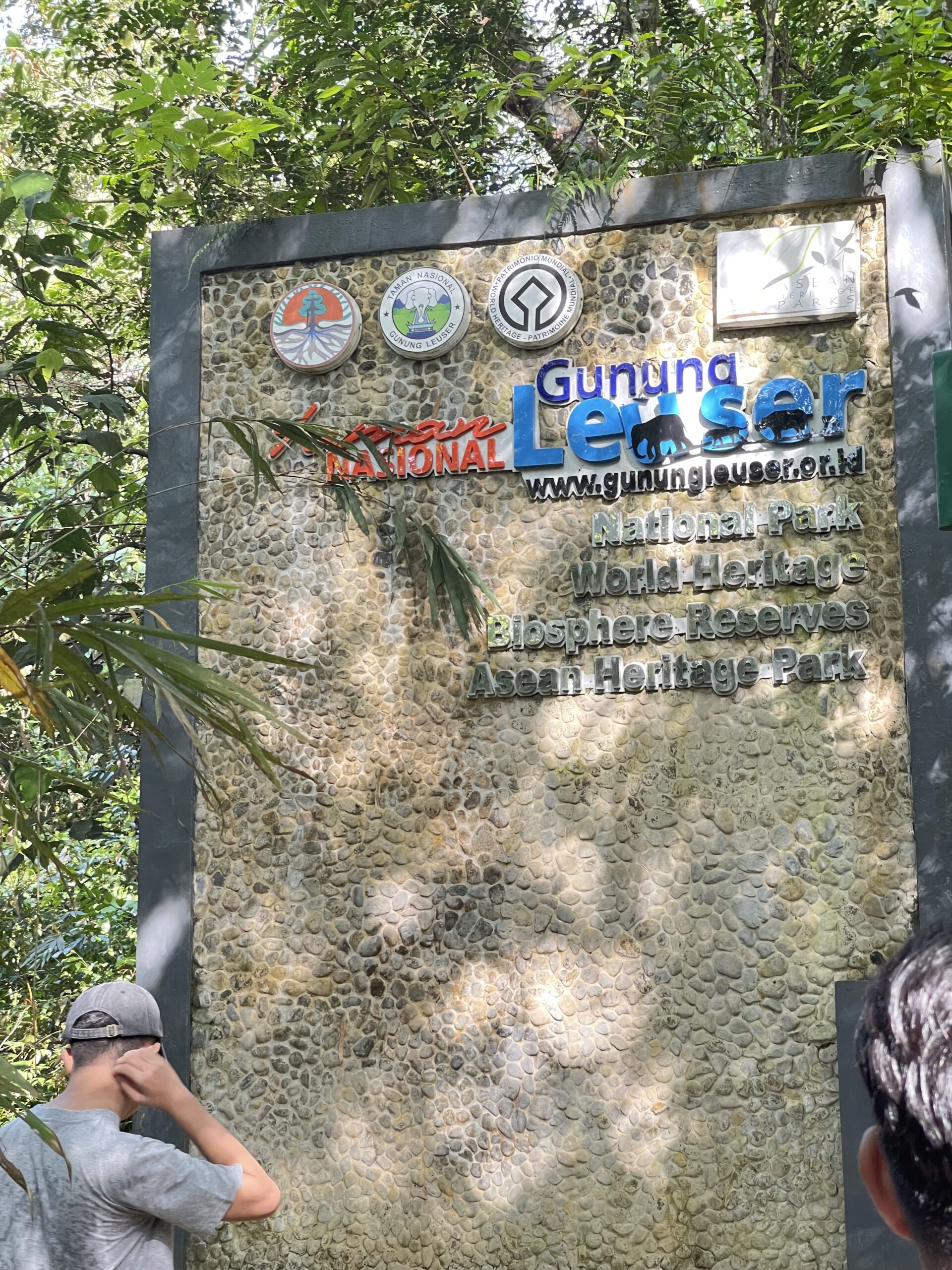
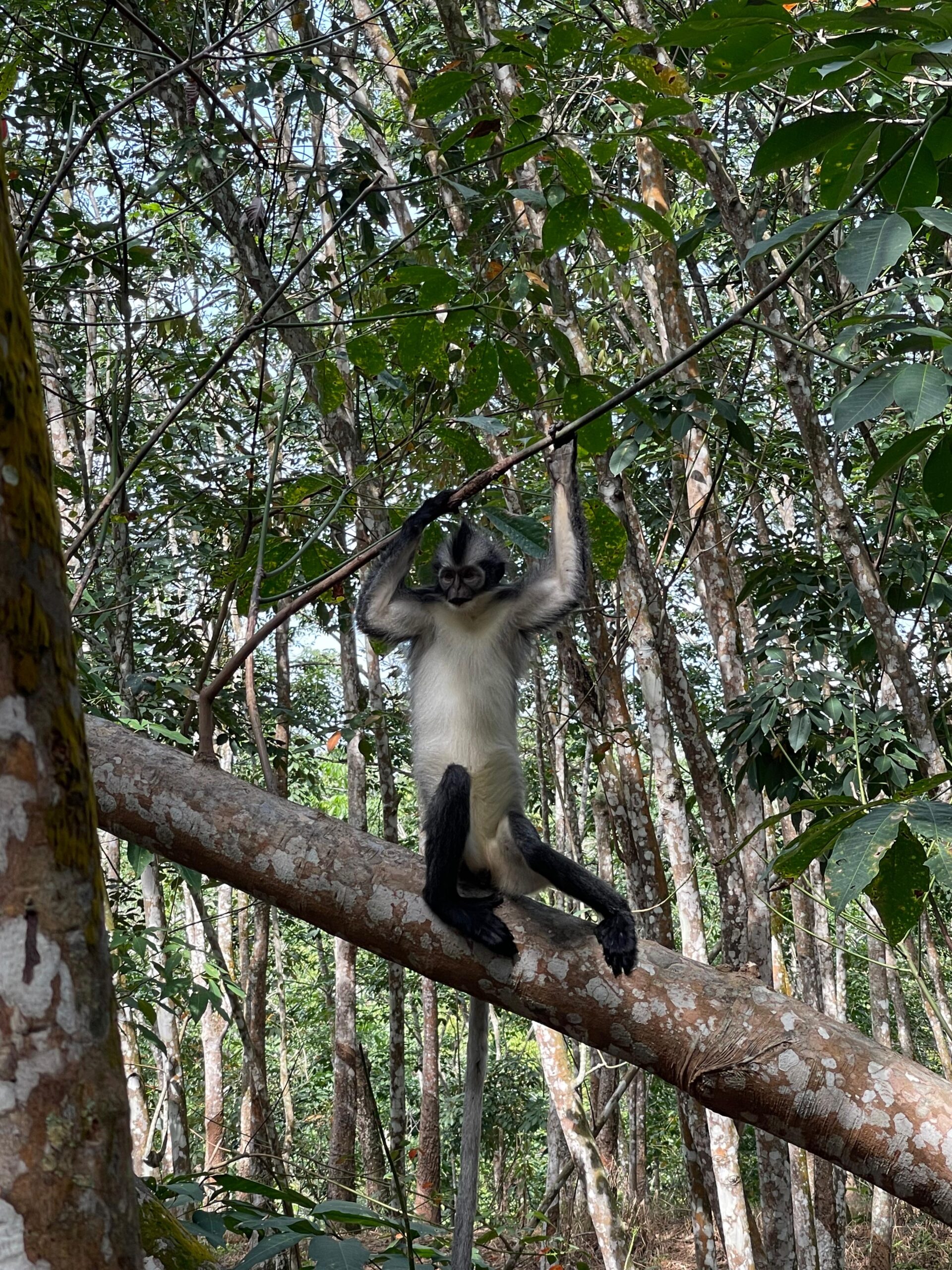
THOMAS LEAF MONKEY
The Thomas Leaf Monkey (Presbytis thomasi) is a rare primate species found only in northern Sumatra, with one of the best places to see them being Bukit Lawang in Gunung Leuser National Park. These monkeys are instantly recognizable by their striking appearance – a tall spiky crest of black hair on top of their heads, contrasted with a white face and grey body, giving them a truly unique look.
They live in small social groups high in the rainforest canopy, where they leap gracefully from tree to tree in search of young leaves, fruits, and seeds. Unlike the more famous orangutans, Thomas Leaf Monkeys are fast, agile, and often curious, making encounters with them a memorable highlight during a jungle trek.
Since this species exists nowhere else in the world but Sumatra, spotting a Thomas Leaf Monkey in Bukit Lawang is not only an exciting wildlife experience but also a rare glimpse into the incredible biodiversity of Gunung Leuser National Park.
SUMATRAN TIGER
The Sumatran Tiger (Panthera tigris sumatrae) is one of the world’s rarest and most endangered big cats, found only on the island of Sumatra. Smaller and more agile than other tiger subspecies, it has adapted perfectly to the dense tropical rainforest, moving silently through the jungle in search of prey. Today, fewer than 400 individuals are believed to remain in the wild, making every corner of their habitat in Gunung Leuser National Park incredibly precious.
In the forests around Bukit Lawang, the tiger’s presence is rarely seen but deeply felt. As the top predator of the ecosystem, the Sumatran Tiger plays a vital role in keeping the jungle in balance, ensuring that species populations remain healthy and diverse. For visitors trekking through Gunung Leuser, simply knowing that this magnificent creature still roams the forest adds a sense of mystery and wonder to the journey.
Sadly, the Sumatran Tiger faces constant threats from deforestation, poaching, and human-wildlife conflict. Yet, Gunung Leuser remains one of the last strongholds where this species continues to survive, protected by conservation efforts and the dedication of local communities. Encountering a tiger in the wild is almost impossible—but its legacy lives in every rustle of the leaves, every paw print on the forest floor, and in the knowledge that protecting these rainforests means giving the Sumatran Tiger a chance to thrive.
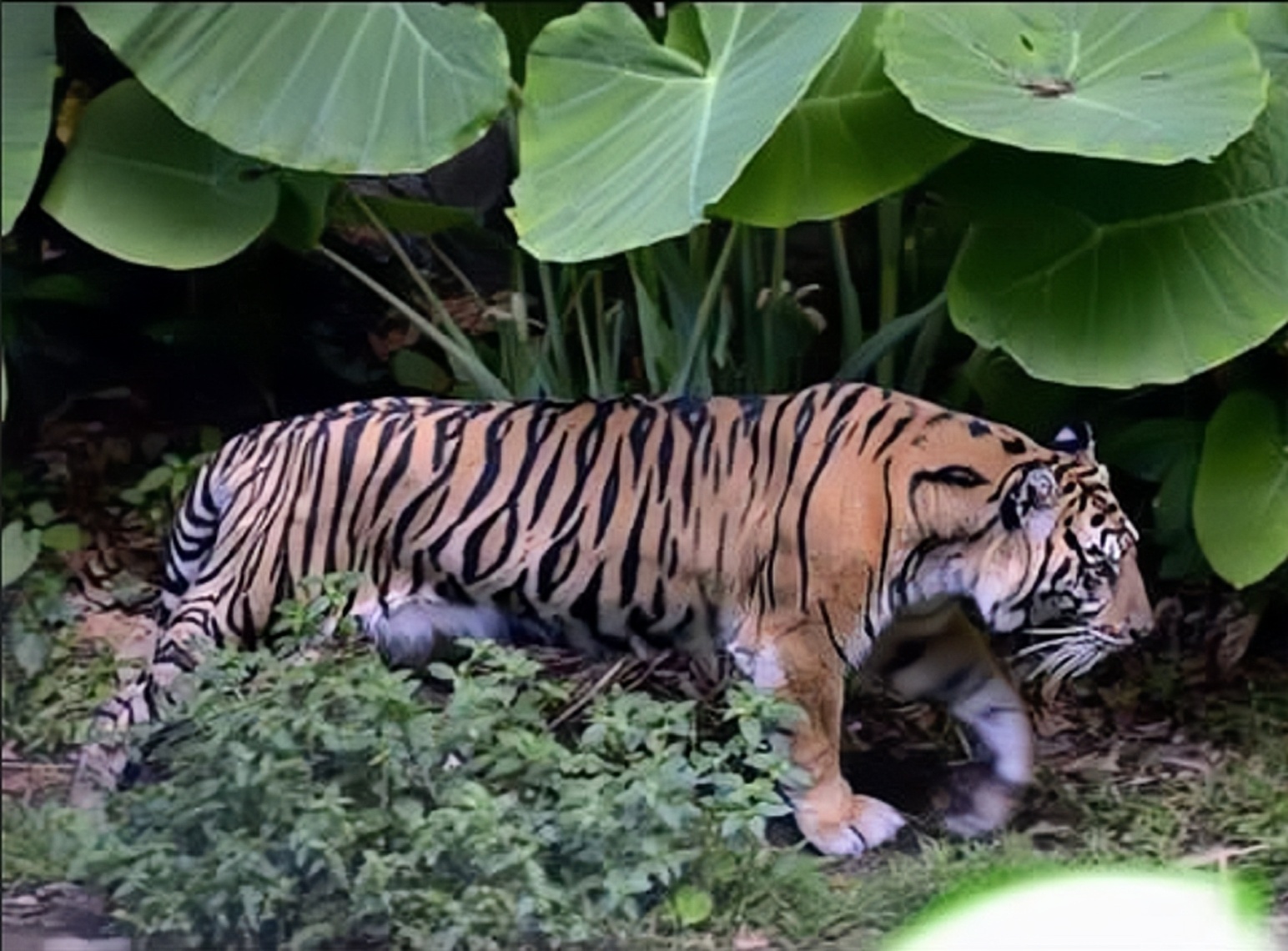
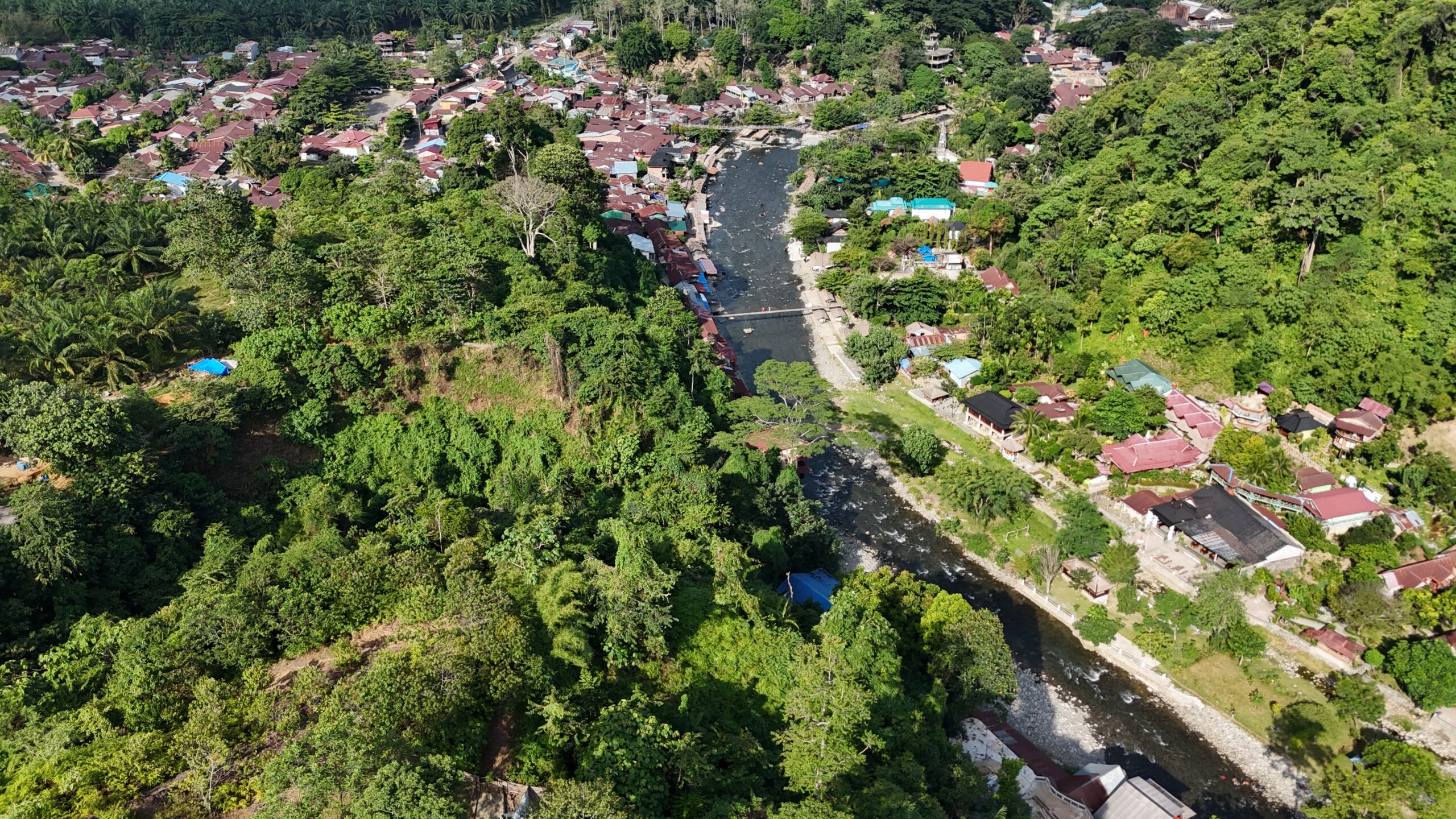
WHY CHOOSE US
Our Mission
Because we have a mission! At Orangutan Sumatra Tour and Trek, our purpose goes beyond offering unforgettable jungle adventures. Our mission is to show the world just how beautiful nature and wildlife are here in Sumatra, and to celebrate the warm, welcoming spirit of the local people. When you step into this land, you are not only stepping into a rainforest — you are stepping into a home where harmony between humans, animals, and nature is still alive.
In the heart of Bukit Lawang, life moves at the rhythm of the river and the jungle. This small village has become a doorway to one of the world’s most precious treasures: the Gunung Leuser National Park. It is one of the last places on earth where critically endangered Sumatran orangutans still live freely in their natural habitat. But the park is not only about orangutans. It is home to an incredible diversity of wildlife — from Thomas leaf monkeys and gibbons to hornbills, sun bears, and even the elusive Sumatran tiger.
We believe that forests are not to be destroyed, but to be protected. Every trek we organize is guided by this principle. By taking travelers into the rainforest, we aim to create a deep connection between visitors and the natural world. When people experience the beauty of Bukit Lawang and Gunung Leuser with their own eyes, they often return home with a new appreciation for conservation and a desire to protect these fragile ecosystems.
Our mission is simple yet powerful: to protect the forest, to support the local community, and to inspire travelers from all over the world. Through responsible trekking and authentic experiences, we hope to share the story of Sumatra’s wilderness — not as something to exploit, but as something to cherish and defend for future generations.
Orangutan Sumatra Tour and Trek Packages
When you visit Sumatra, one of the most unforgettable experiences you can have is joining an Orangutan Sumatra Tour and Trek package. From a short one-day walk in the forest to a challenging five-day jungle expedition, every journey offers something unique. Here, the rainforest is not just a place to explore — it is a living world where every step reveals a new wonder.
Starting your trek from Bukit Lawang, a charming riverside village at the edge of the rainforest, you will immediately feel the warm welcome of nature. The rushing river, the sound of cicadas, and the laughter of local children set the tone before you even enter the jungle. Once inside, the magic of Gunung Leuser National Park begins to unfold. This park is one of the richest ecosystems on earth, home to the critically endangered Sumatran orangutan, as well as Thomas leaf monkeys, gibbons, hornbills, and countless other species.
Whether you choose a 1-day trek or a 5-day adventure, each package is designed to give you a balance of excitement, learning, and connection with nature. Short treks are perfect if you want to get a glimpse of the forest and see orangutans in their natural habitat. Longer treks, however, take you deeper into the heart of Gunung Leuser, where rivers hold stories, waterfalls invite you to rest, and the forest reveals its timeless secrets.
Our guides are licensed and experienced, ensuring your journey is not only safe but also meaningful. Along the way, you will learn about the plants that provide food and medicine, the traditions of the local people, and the importance of protecting the forest for generations to come.
Choosing an Orangutan Sumatra Tour and Trek package is more than just booking an activity — it is an invitation to step into the wild, to experience the true beauty of Bukit Lawang, and to carry home memories that last a lifetime.
Bukit Lawang is more than just a destination; it is a living bridge that unites conservation and community life.
sustainable tourism is the lifeblood of the local economy, while also opening our eyes to the urgent need to protect Sumatra’s fragile rainforest ecosystem.
Through Bukit Lawang, visitors don’t just stop by—they step into one of Southeast Asia’s last habitats teeming with endemic wildlife, witnessing the true struggle to preserve some of the planet’s most endangered species.
One example of This Village passion for conservation is the SUMECO Wildlife Rescue initiative, a rapid response unit operating in Bukit Lawang since 2014.
Funded by local ecotourism businesses, SUMECO has rescued, cared for, and released more than 400 injured or escaped animals into TNGL (Gunung Leuser National Park).
This initiative makes Bukit Lawang not just a spectacle, but a center for real conservation action.
Source from: sumeco.co.i

